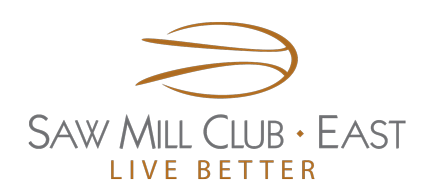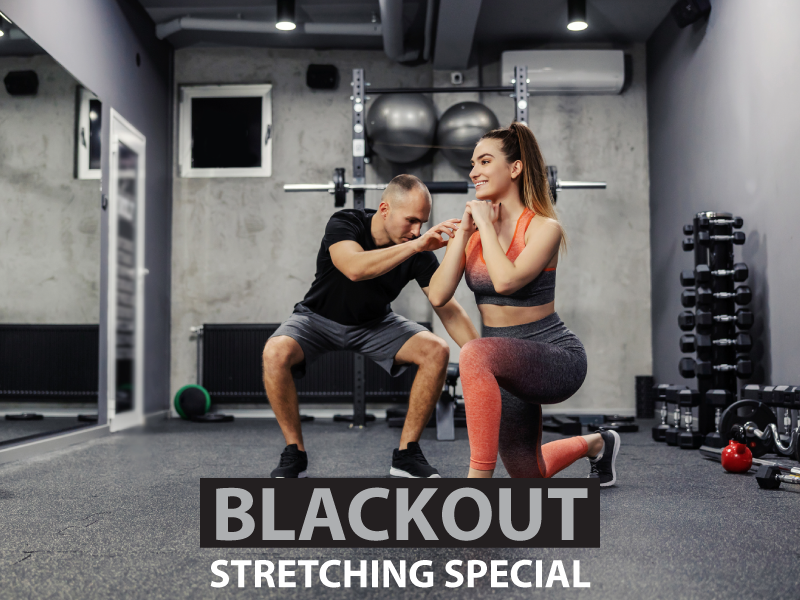Why Full Extension Is More Important than Heavy Weights
 Body of Misinformation
Body of Misinformation
Lifting heavy and with bad form is all too common in gyms. In any given gym on any day, you’ll find dozens of enthusiasts tossing around much too heavy weights, groaning as they twist their ways through joint-busting workouts.
While all are potentially guilty of this mistake, men are especially prone. Something about male hormones, male ego and the need to be a champ in the gym sends many a wannabe Mr. Universe onto the bench to press a thousand pounds as quickly as possible. Injuries are the least of this guy’s issues.
And for women seeking to exchange fat for gently sculpted muscle, easy does it. Easy, as in take it slow and do it right. Lifting with proper form and through the full range of motion for each exercise and muscle is the safes, effective route to a toned physique.
Fully extending while lifting goes hand in hand with proper form. Both lay the foundation for acquiring strength. This foundation allows you to incorporate more advanced techniques into your workout later on and to raise the poundage you lift as you grow stronger.
Proper form and full extension prevent the risk of injury and are central to any lifting regimen, although a great many exercisers overlook this rule. But you only need consider the science behind this basic truth about getting toned.
Picture Motions
Repetitive motions have a basic start-to-finish trajectory. The motion begins, develops, ends and then you return to the starting point and repeat. Exercise repetitions epitomize this idea, whether you’re benching or leg pressing.
The contracting of your muscles is what impels your body through space. When you lift your arm, for example, different sets of your arm muscles contract in tandem to complete this task. In a biceps curl, the sets of muscles in question are biceps and triceps.
When you lift the dumbbell to perform a biceps curl, your biceps contract concentrically. When you lower the dumbbell, your biceps extend but remain tensed, or flexed, owing to the dumbbell’s weight and to gravity. This is an eccentric contraction. Both kinds of contractions are essential to developing muscle strength, a necessary prerequisite to any attempts at increasing muscle size.
Proper form and mindful lifting allow you to perform the biceps curl through the full range of motion, to raise the weight and squeeze the biceps, and then to lower the weight and extend the biceps during the eccentric phase. This full extension recruits more muscle fibers and encourages the flow of oxygenated blood.
Fully extending on each exercise is impossible when you lift weights that are beyond your capabilities. To compensate for the heavy weight, your movements become jerky, hurried and without rhythm.
Your workout feels challenging because you’re lifting heavy, but you’re not truly working the muscle through its full range. The result is lots of sweat, fatigue, little muscle definition and strains.
The Big Buffed Picture
Plan each workout in advance, and review definitions and demonstrations of the exercises you intend to do beforehand. This is where personal trainers or small group training come in very handy.
Start with lighter weights, and concentrate on using proper technique during each exercise. You’ll be stunned at how difficult it is. Difficult but not impossible. Full extension, proper form and the right rep range are the three pillars of an excellent workout.
Once you’ve nailed correct form and full extension, then proceed gradually to heavier weights, more complicated exercises and different workout combinations.





